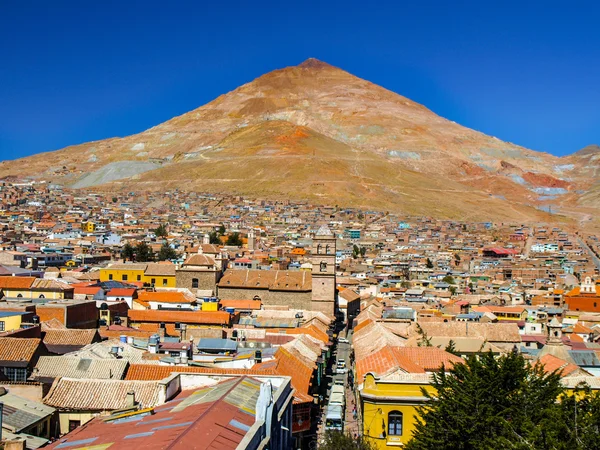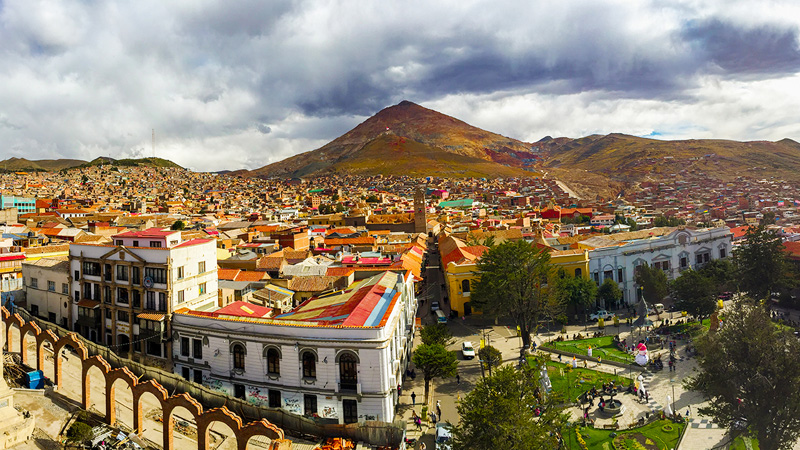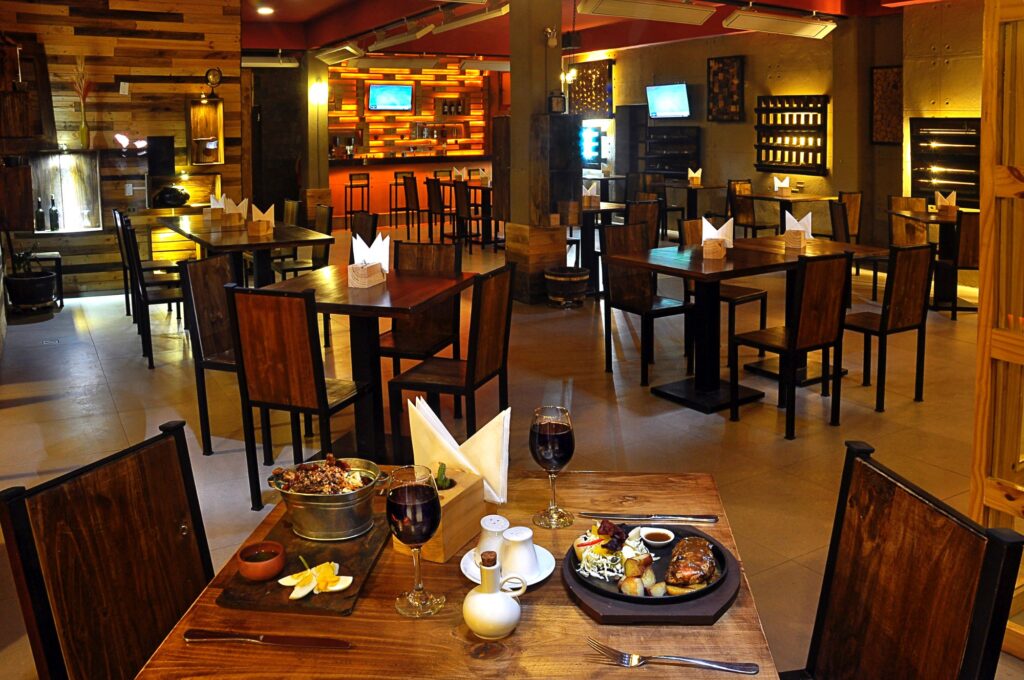At over 4,000 meters above sea level, Potosí is one of the highest cities on Earth—yet its cultural depth and colonial history run deeper still. Once the wealthiest city in the Americas due to its rich silver mines, today Potosí invites curious travelers to explore its haunting past, stunning Andean architecture, and resilient indigenous culture. In this Potosí Bolivia travel guide, you’ll discover iconic landmarks, mountain adventures, local dishes, and practical travel tips to plan a powerful high-altitude journey unlike any other.
🏛️ Walk Through Potosí’s Colonial Heart
The city center of Potosí is a UNESCO World Heritage Site, and rightfully so. The narrow streets are lined with Spanish colonial facades, ornate wooden balconies, and baroque churches that speak to the city’s once-massive silver-fueled grandeur.
Start your walk at Plaza 10 de Noviembre, the city’s central square, where colorful colonial buildings surround monuments dedicated to independence heroes. From there, visit San Lorenzo Church, famous for its intricate mestizo-baroque facade carved in local volcanic stone.

⛏️ Explore Cerro Rico: The Mountain That Fed an Empire
No Potosí Bolivia travel guide is complete without Cerro Rico, the “Rich Mountain” that made Potosí the envy of Spanish royalty. For centuries, silver extracted from this peak helped fund European empires—and devastated countless indigenous lives in the process.
Today, guided mine tours give travelers the chance to descend into the tunnels of Cerro Rico. It’s a sobering yet essential experience, showing both the brutal colonial past and the resilience of present-day miners who still work its depths with dynamite and faith in El Tío, the underground mountain god.
🏺 Visit the Casa Nacional de la Moneda
Potosí once minted the wealth of the New World, and you can trace that legacy at the Casa Nacional de la Moneda, the former Royal Mint. This grand stone building now houses a museum with colonial coins, silver-smelting machinery, and eerie stories of enslaved labor. Art lovers will also find paintings by Bolivian baroque masters and rotating exhibitions on Andean history.
This stop in our Potosí Bolivia travel guide offers the clearest window into how silver shaped not only the city, but global economics.
🏔️ Hike to the Mirador Kuntur Wasi
For panoramic views of the city and surrounding mountains, hike up to Kuntur Wasi, a scenic viewpoint named after the condor—the sacred bird of the Andes. The climb is moderate, and the reward is stunning: a full view of Potosí’s terracotta rooftops set against the looming silhouette of Cerro Rico.
Local youth and photographers gather here at sunset, making it a great place to meet people, take photos, and breathe in the crisp high-altitude air.

🛍️ Discover Local Markets and Indigenous Craftwork
In this Potosí Bolivia travel guide, shopping is more than just a souvenir hunt—it’s a cultural exchange. Visit Mercado Central for handwoven textiles, alpaca scarves, and carved llama bone jewelry. Many of these items are crafted by Quechua and Aymara artisans whose families have preserved traditional techniques for generations.
Don’t miss the open-air Miners’ Market, where miners purchase coca leaves, candles, and offerings for El Tío. It’s a rare glimpse into the living rituals that still define local identity.
🚐 How to Get to Potosí
Most travelers reach Potosí from Sucre (3–4 hours by bus) or Uyuni (6–7 hours), with multiple daily departures. While the roads wind through mountainous terrain, the views are dramatic and worth every twist and turn.
For air travelers, the nearest airport is in Sucre. From there, book a comfortable bus or private taxi to Potosí. Within the city, taxis are affordable and walking is pleasant in the historic center, though the altitude requires pacing and hydration.
🍲 What to Eat in Potosí
Potosí’s cuisine is a hearty blend of Andean ingredients and colonial-era cooking. This Potosí Bolivia travel guide recommends trying:
- Kalapurka: A volcanic-stone-heated soup with corn, potatoes, and beef, still served boiling in clay bowls
- Mondongo Potosino: Fried pork in spicy red sauce, paired with boiled hominy and potatoes
- Api con pastel: Sweet purple corn drink served with a deep-fried pastry filled with cheese
- Charque de llama: Sun-dried llama meat stewed and served with rice and plantains
Try local restaurants like El Fogón or Doña Eugenia, where rustic wood interiors and open fires enhance the highland experience.

💸 Potosí Budget Suggestions (not included in word count)
- Mine tour: $15–$25 per person
- Casa de Moneda entry: $5–$7
- Meals: Street food from $2–$4; sit-down meals $5–$10
- Hotels/hostels: Budget rooms from $12–$25; mid-range colonial stays $40–$70
- Bus from Sucre: ~$5–$8
- Tips for guides: $3–$5 recommended per tour
Potosí remains one of the most budget-friendly heritage cities in South America.
📌 Local Tips for Visiting Potosí
- Best travel time: April to October (dry season, clearer views)
- Altitude caution: Stay hydrated, avoid alcohol on arrival, and consider coca tea
- Pack layers: Cold nights and strong daytime sun require flexible outfits
- Photography: Ask permission before photographing miners or spiritual offerings
- Tour responsibly: Choose ethical tour operators that respect workers’ safety and local traditions
For updated travel information, entry hours for top sites, and official cultural events in the area, check out the Bolivia Travel official Potosí page.
If you’re drawn to Bolivia’s high-altitude wonders and surreal landscapes, don’t miss our full Uyuni Salt Flats travel guide featuring mirror reflections, flamingo lagoons, and immersive desert adventures.
